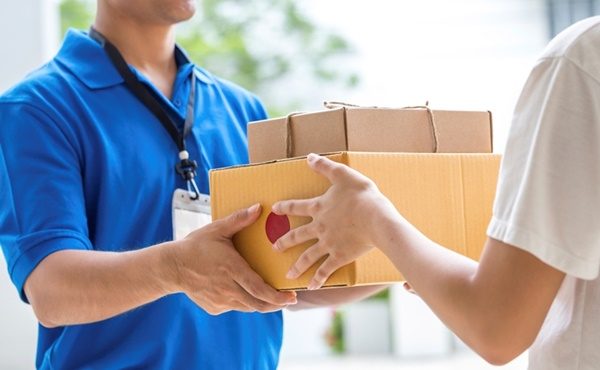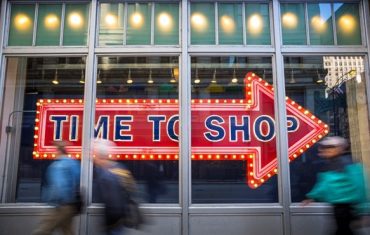Outside of the traditional holiday season, sales such as Amazon’s Prime Day, Click Frenzy, Black Friday and Cyber Monday have become such big events in the retail calendar that many retailers are feeling pressured to get involved or risk missing out.
During the Prime Day shopping extravaganza alone, it is estimated more than 100 million products were on special offers, drawing a record number of Prime members who purchased more than 175 million items globally.
It used to be that Australian retailers expected shopping peaks with Christmas and Boxing Day, but now, with a host of sales events in the retail calendar, they must be prepared for a non-stop peak. Retailers must be able to keep up with the increasing and constant consumer demand and have the right transport partners that can provide a level of scalability.
From a transport perspective, there are two key areas that will greatly increase operational efficiency and ensure retailers have visibility across the entire supply chain and are able to optimise processes, especially during demanding periods.
Invest in the right systems
Many retailers struggle to cope with the demand from sales events and fall short in terms of their delivery service. Retailers in this situation should start by asking themselves: Does our organisation have an existing transportation system to meet our current and future needs? And does this system accommodate our business processes? Retailers need to ensure their organisations have the right systems and processes in place to meet their business goals.
Retailers can prepare for peak periods by immersing themselves in an ecosystem of supply chain partners that allows for multiple delivery options and carrier choices. To support this set-up, retailers also require a multi-carrier parcel technology solution.
Today, the platform of choice needs to be flexible and adapt to all channel partners―the key is to connect supply chain partners through easily accessible technology. Not only does a network provide better visibility and optimisation across the entire process, true end-to-end collaborative visibility allows for faster reaction when disruption occurs, especially during peak periods.
Adopt a customer-first approach
New research commissioned by BluJay Solutions found customer experience will overtake price and product as the number one brand differentiator in the next five years. One of the important concepts revealed is successful companies prioritise customer experience, with delivering an enhanced customer experience the top driver of supply chain innovation.
The reality is many retailers struggle to cope with the demand from peak periods and fall short in terms of their delivery service.
Today, customers want choice, control and visibility over their purchase from how they to communicate with brands through to what time their purchase is delivered and where. Retailers are feeling the pressure to cut down delivery times and costs, while maintaining the promise of efficient deliveries and excellent customer service.
However, the key to keeping customers happy during peak periods is setting realistic service level agreements and delivering on them. Retailers must be prepared to fulfil the surge in orders. If next-day delivery is promised, consumers will expect to receive their goods within this window. Australians are already quite conservative online consumers and can be unforgiving towards companies that make promises they can’t keep.
Retailers that don’t have the right processes in place and continue to compete on cost, instead of customer experience, simply won’t keep up as a non-stop peak becomes the norm. Fortunately, the solution to planning for a non-stop peak as the supply chain becomes more global and complex is within reach.
By Paul Soong, regional director Australia and New Zealand, BluJay Solutions







